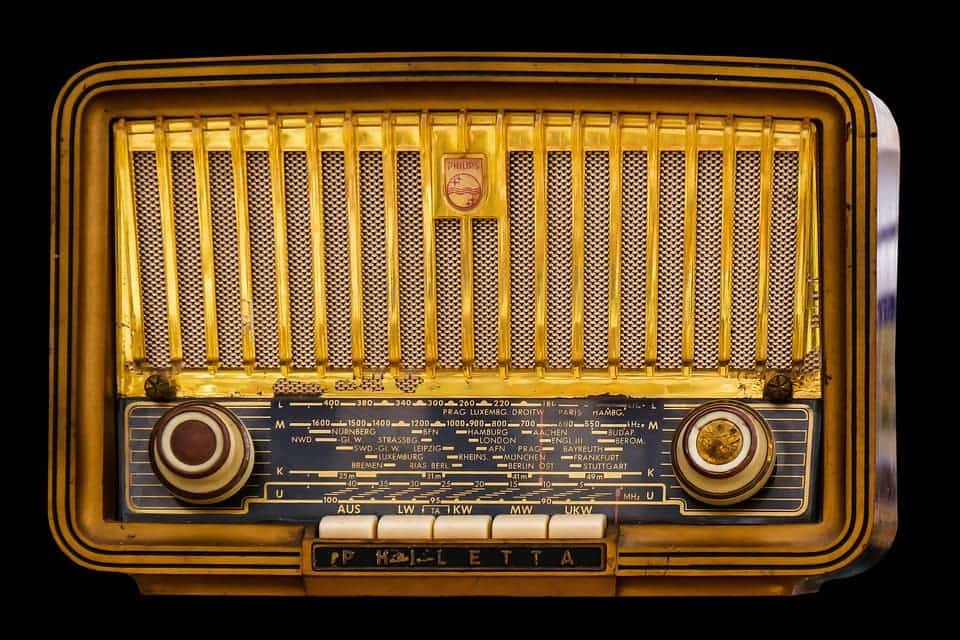As announced in 2015, Norwegian national broadcasters can now only be heard on Digital Audio Broadcasting (DAB), as opposed to the more traditional FM radio.

Almost all radios rely on frequency modulation (FM) technology, which was developed in the early 1930s. Radio channels are usually between 87.5 and 108.0 MHz ub bandwidth, which is also known as VHF (very high frequency). FM has been successfully and broadly used for more than half a century.
Meanwhile, DAB started as a research project in Europe in the 1980s. The Norwegian Broadcasting Corporation (NRK) launched the first DAB channel in the world on 1 June 1995, quickly followed by the BBC in the UK.

So what does this mean for consumers? First of all, it means new expenses — new radios or adapters are required to receive a DAB signal, which are usually priced at between €100 and €200 ($117 and $234). There’s also another disadvantage: broadcasters typically use DAB compression to such an extent that the sound quality is actually a bit lower than with FM, though there’s still a debate on how impactful that reduction really is. So then why switch in the first place?
When you get past these obstacles, DAB actually has significant advantages over FM. It offers a range of new features, including real-time information like song titles, music type and news or traffic updates up to 128 characters in length. It also contains local time information, which can be used to make real-time adjustments.
It also means you can have more channels than you can with FM. DAB does not use less bandwidth than FM, but it is less susceptible to co-channel interference (crosstalk), which means you can reduce the distance between different channels. It also connects to all channels automatically, offering the user a list to choose from, instead of connecting to each channel individually. Finally, DAB is cheaper to broadcast than FM — up to eight times cheaper, according to recent studies. So while the change is rather expensive, it saves money in the long run.
For now, local stations will still remain on FM, but national stations will completely move to DAB. Even the Svalbard archipelago in the Arctic has already made the switch.
Not everyone is sold on this newer technology, but other countries such as Switzerland, Britain, and Denmark are due to follow suit and shift to DAB in the coming years.


